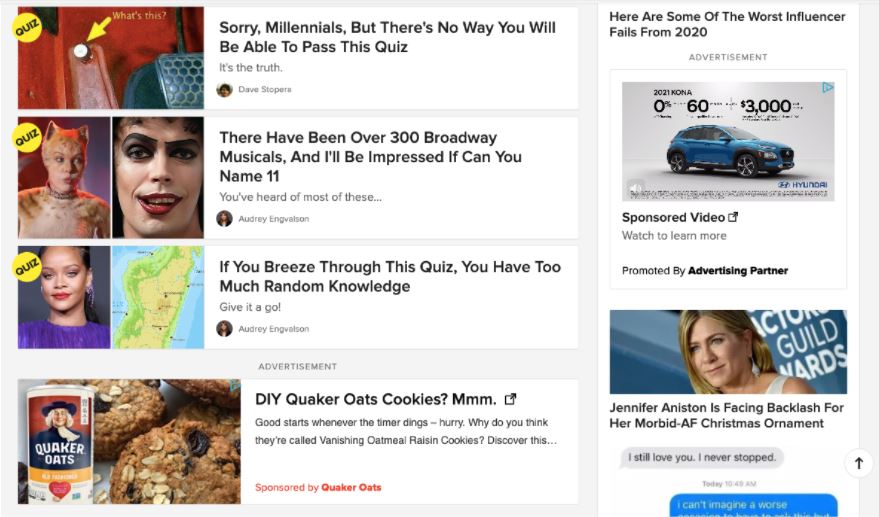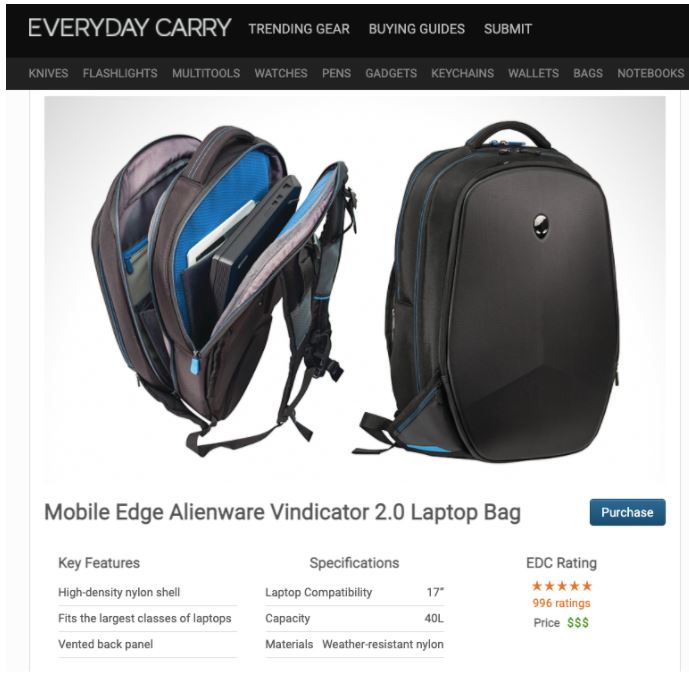This past year may have brought some ups and downs for publishers, but the 2020 holiday season course-corrected with a ton of e-commerce action.
According to Adobe, Cyber Monday was the largest U.S. online shopping day ever, with holiday buyers spending a record $10.8 billion. And as we head into 2021, publishers continue to enjoy increased traffic from a big year for news and content consumption.
Now, that doesn’t mean you can just sit back and relax and watch your numbers climb, of course. With that increased engagement and spending, you will have important opportunities to boost revenue and engagement.
You just need the right advertising strategies for publishers to make it happen. That is, the strategies that prove your value to ad partners, make the most of your data, and reach target audiences with personalized content.
Advertising Strategies for Publishers
To help, we’re outlining five advertising strategies for publishers to kick off 2021.
1. Sell direct advertising
Publishers can sell ad space directly to advertisers — either for display ads, banner ads, sponsored posts, or native content.
The Washington Post, for example, launched Zeus Prime, a self-service platform that lets advertisers buy premium inventory on the publisher’s site in real time. BuzzFeed also has a landing page for potential ad partners, and a form that advertisers can fill out to start buying directly.
Along with their famous sponsored posts, BuzzFeed also sells ads in its sidebars and news feeds, like these from Hyundai and Quaker Oats:

The biggest benefit of direct sales is that publishers get to keep 100% of their ad revenue. The downside, however, is that they need the in-house reps and resources to coordinate all of these sales and advertising campaigns. Because all direct sales are made a la carte, publishers may not be able to do as much business and launch as many ad campaigns as they would with, say, programmatic advertising, which now makes up 85% of all U.S. digital advertising spend.
Publishers are also commonly combining direct and programmatic advertising strategies. For example, even when publishers do sell ads directly, they may still use programmatic ad networks to backfill any unsold inventory and make sure they’re getting the most revenue for their digital real estate.
2. Partner with MadTech platforms
Publishers are catching on to one of the most significant shifts in the landscape: the convergence of marketing and advertising technologies. This transition has resulted in MadTech, which combines the best of both worlds to help publishers enjoy the personalized reach of digital marketing tech with the scale and big data of advertising tech.
With MadTech platforms, publishers can nurture relationships on the individual level and expand that reach across touchpoints. Naturally, this also helps them deliver more value to advertisers, because they can improve their targeting and segmentation capabilities — driving more engagement and revenue.
Let’s take a look at automotive publisher 10 Missions Media, for example. They were reaching over 300,000 subscribers across six publications and a weekly email newsletter. They had been delivering the same ads to all subscribers, even though each person signed up for different content categories, such as business operations, industry news, and workforce hiring processes.
Looking for a more targeted approach, they started working with Jeeng — a MadTech platform — to deliver personalized, programmatic ads at scale across email newsletters. As a result, each subscriber received localized ads for regional businesses that met their needs, and 10 Missions enjoyed a new and improved revenue stream.
3. Use first-party data to target audiences
First-party data doesn’t just make for a more effective advertising strategy. It’s also the key to survival for publishers, since third-party cookies are officially going away. And this is actually a blessing in disguise.
Publishers have an opportunity to take back control of their audiences by gathering first-party data from their owned channels — like their websites and email. The email address, in particular, serves as the unique identifier to replace the cookie, as it can be traced across sites and browsers. But it’s even better because it’s opt-in and privacy-safe. It can also be used to deliver personalized content right to people’s inboxes — and monetize that content to drive further revenue.
With third-party cookies being phased out, advertisers will be looking to partner with publishers that have robust first-party data strategies. This way, they can tap into that data to segment audiences and launch targeted campaigns that are guaranteed to reach the right audiences.
I discuss this more in this video:
4. Launch affiliate marketing campaigns
Affiliate marketing is a popular type of pay-per-click strategy that publishers can use to place ads within the content of their posts. According to Statista, U.S. affiliate marketing spend is expected to reach $8.2 billion by 2022 — a big jump from $5.4 billion in 2017.
Publishers can either partner with affiliate advertisers directly or through an affiliate network that does the legwork of matching buyers and sellers. A makeup brand, for example, might tap a beauty publisher to link to its new palette in a post. Every time a reader clicks the link and/or buys the product, the publisher earns a cut.
The site Everyday Carry, for instance, posts reviews and recommendations for products that are backed by an affiliate marketing strategy. Just look at this post for the 10 best laptop bags in 2020:

Each product includes a review and a “Purchase” button. And at the top of the page, the publisher provides a disclaimer for its affiliate marketing strategy: “Everyday Carry is a reader-supported startup. We support operations by earning commissions when you purchase products we link.”
5. Invest in multichannel advertising
The good news is you don’t have to pick just one strategy, and you don’t have to pick just one channel. In fact, you shouldn’t. Investing in multichannel advertising helps you better reach audiences in their favorite places and gather more comprehensive data about their online behaviors. It also helps you avoid risk, since you aren’t betting on a single revenue stream, but rather a widespread mix of engaging channels where you know customers are already active.
Take Jeeng. Our platform is built with publishers in mind, giving them the tools they need to advertise on the most high-yield channels, including email, push notifications, websites, and news readers.
The best place you can be is where the people are — where your people are. And that’s online — spanning across channels, content types, and ad formats.
Ready to increase revenue with these advertising strategies for publishers? Contact us today to learn more.




